
In music production, when you are mixing a song there are certain tools a producer will always reach for to achieve the best results. Two of those are using a compressor and using EQ to ensure the very best quality sound.
But which of those should be used first and which should be used second? After all, both can have a dramatic effect on the final result depending on how they are used.
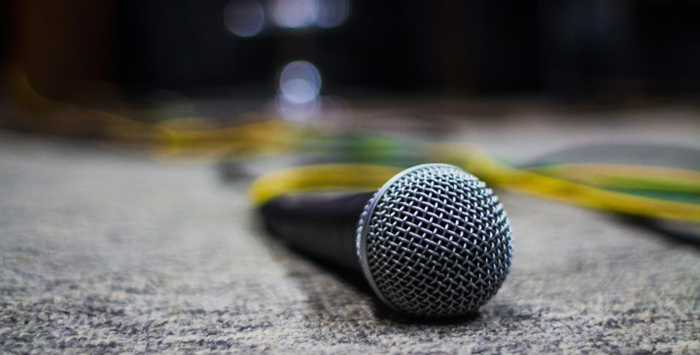
Both EQ and compression are related, in that both allow for the manipulation of the recorded sound. However, both adjust the volume (or level) of the sound in different ways. Understanding the differences in how they adjust the sound will help you to decide where in the signal chain the EQ and compressor should go.
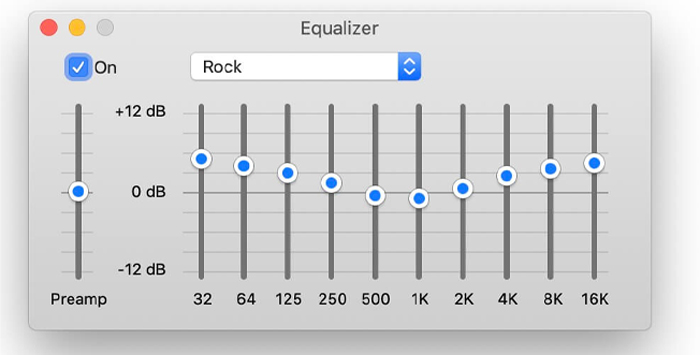
EQ, which is short for equalization, is a way of adjusting specific parts of the sound on our recording. All recorded sound is made up of different frequencies — changing the EQ settings adjusts frequencies to increase or decrease what it is we hear.
So for example, if you have a thumping bass line, you might want to EQ your sound to increase the bass and give it prominence in your mix. Or if you want your vocals to dominate, you might increase the middle frequencies. Or perhaps something you recorded sounds a little shrill — reducing the high-end frequencies will help with that.
EQing can also help to reduce the muddiness of a recording. Sometimes, instruments or voices occupy the same sonic “space” and can blend together. Adjusting the EQ can make the instruments stand out from each other and achieve greater clarity.
You may also like: How to EQ Your Music + Different Types of EQs
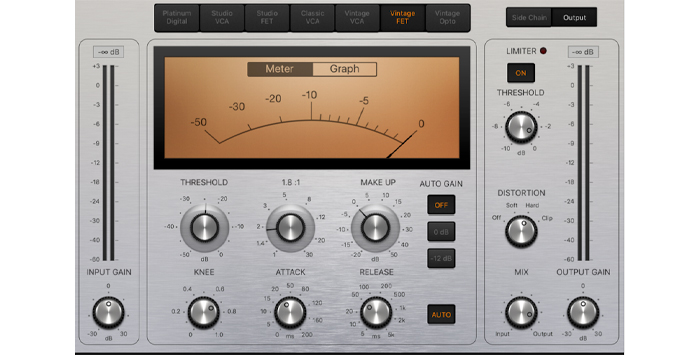
Compression is a process whereby the loudest and quietest parts of the recording are “compressed” so that the difference in volume between the loudest and quietest parts is minimized.
When using a compressor, you will set a threshold. Anything above the threshold will be compressed, anything below the threshold will be left alone. The lower the threshold, the quieter the level at which the compressor will start to work.
Compression can be a useful tool to ensure that your track has consistent volume throughout it but it can also be used in a creative way. It can add emphasis to parts of your track or specific instruments as well as help with the overall professionalism of your sound. One common example might be that it makes a kick drum sound tighter in the mix because it’s closer in frequency range to the rest of the instruments.
Because of the way compressors interact with the recorded sound, they can adds harmonics to the audio. This is important to bear in mind when choosing whether to use compression or EQing first.

Understanding the difference between EQ and compression is the initial stage before deciding which should come first in your signal chain. The way they affect the dynamic range will help determine which choice you make.
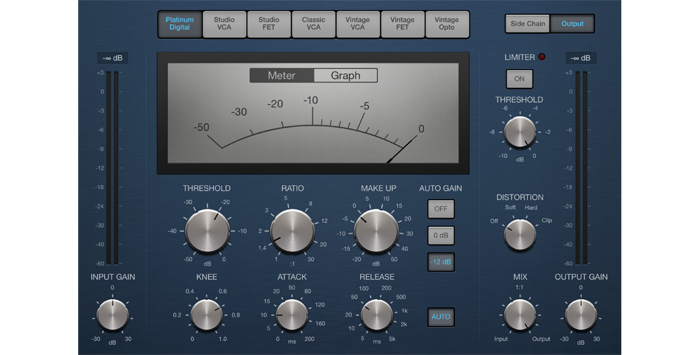
If you decide to use compression before EQ in your signal chain, some of the changes that are made by the compressor may be undone when you EQ the track.
That’s because when you EQ you can push frequencies into ranges that the compressor would not have allowed. This means that you need to be careful when EQing so as not to push these frequencies too high.
However, in some instances, this might actually be desirable. Compressing the signal first means that you can clean up technical issues that can be fixed with compression, then go on to adjust the overall sound with EQing. And if EQing pushes the frequencies above those that the compressor allows, it doesn’t really matter if you were only using the compressor to fix technical issues.
Compressors can also reduce the need for EQing overall. If you run a compressor over your track it can help adjust your sound and even out some of the more dramatic peaks and troughs in your recording. That can eliminate the need for EQing at all, or at the very least reduce it so it becomes a much simpler process.
The last argument for doing compression first is that if you are going to EQ the song anyway, you may as well do the compression first then EQ, rather than EQing, then compressing, then having to EQ a second time. While there is some logic to this, it’s by no means a universal approach.
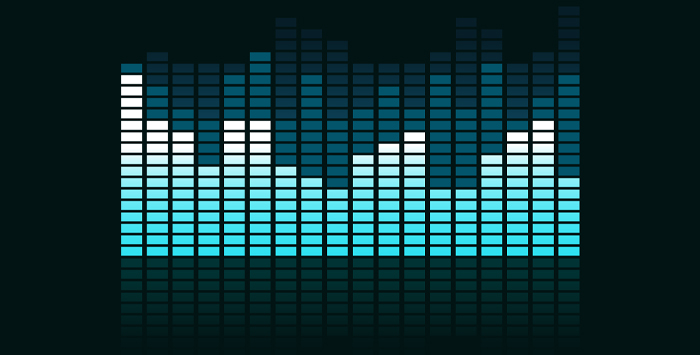
EQing a track before it reaches a compressor normally means that you are doing technical work rather than creative work. EQing will help with tone shaping and will help fix problems before they reach the compressor.
Compression alters the frequencies of your recording and can cause harmonics when applied to your track. The loudest frequencies will trigger the compressor depending on what compressor threshold you have set.
If using the compressor is likely to trigger those harmonics then EQing your track first to prevent this can be advantageous. It means the compressor is less likely to generate unwanted harmonics which will again save time when it comes to any other post-production work you need to do.
The end result can be a smoother and more natural-sounding track because the unwanted frequencies have already been dealt with when the compressor kicks in.
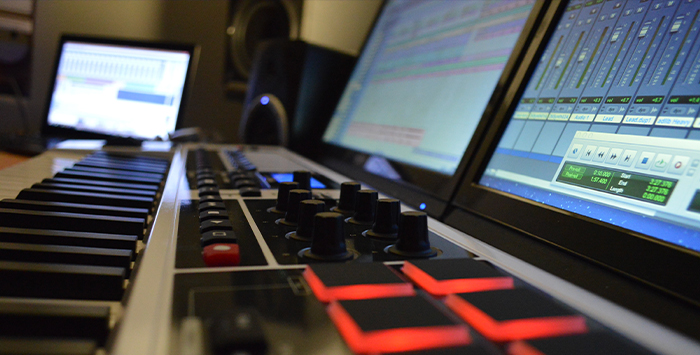
In the end, there is no simple answer as to whether you should use a compressor or EQ first in your signal chain. This might sound like a cop-out of an answer, but it isn’t — it really depends on what you want to achieve by using both of these tools.
However, it is most common to have the compressor before the equalizer. But that doesn’t mean it’s a rule that you need to follow. So much of the decision rests on what kind of music you are recording.
For example, if you are working with a lot of electronic instruments, the chances are the recorded signal sounds like it is clean and will respond in exactly the way you want it to. Precision is, after all, the point of electronic instruments! In this case, EQing is likely to be fairly redundant because the recorded sound will already be pretty close to the way you want it. In this case, running it through a compressor first would make sense, and then doing some minimal EQing to tidy things up at the end.
However, if you are dealing with a lot of acoustic instruments there may be stray frequencies all over the place. In this case, EQing first could prove useful as a way of taming those frequencies before applying compression. Adjusting the frequencies with EQ will allow you to control the track and will reduce the number of harmonics that the compressor will generate when the signal reaches it.
There is, in the end, no hard and fast rule. You can use both tools or neither, you can use them in any order you wish. Sometimes the effect you want to achieve will be technical, to fix a problem with a track, sometimes it will be creative, to emphasize or de-emphasize a particular part of the recording.
Experimenting with your set-up will help you choose, so as always it’s a good idea to play around with the compressor and EQ in order to see what works for you. There really are no hard and fast rules.
The important thing is to understand what compression and EQ do and make an informed choice based on that understanding. And now you can!